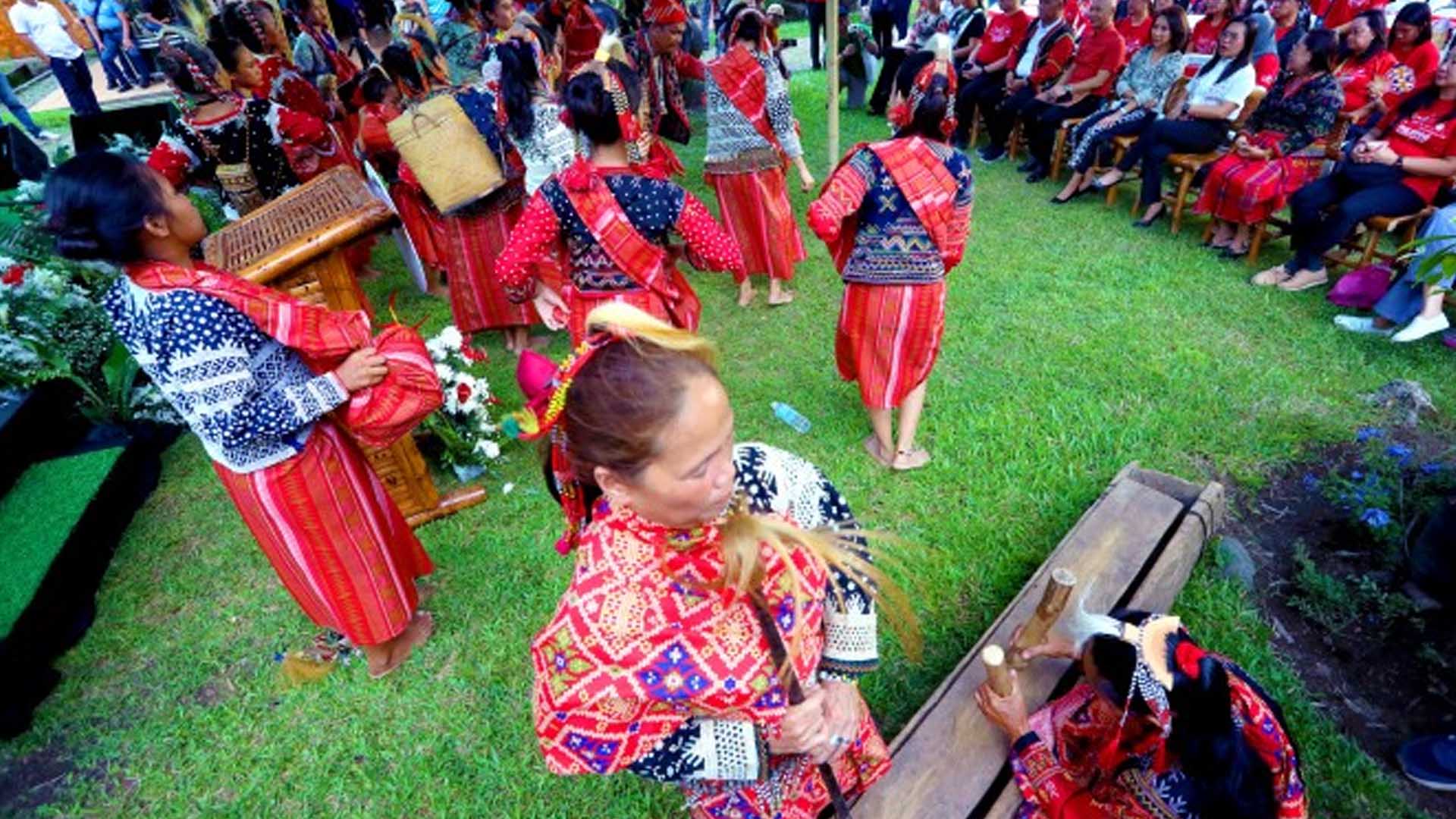Japan’s lowering of travel advisory levels to some parts of Mindanao is a welcome move and an affirmation of Mindanao as a “safe destination for tourists,” according to the Department of Tourism (DOT).
The Japanese Foreign Ministry last month downgraded its travel warning for Japanese nationals traveling to certain parts of Mindanao.
In its revised travel advisory, Davao region (Davao Oriental, Davao de Oro, Davao del Norte, Davao del Sur, and Davao Occidental) has been lowered to Level 1 from Level 2, effective Dec. 19.
These areas now join the cities of Mati, Tagum, Samal, Davao, and Digos, which had been at Level 1.
The risk advisory for Surigao City in the Caraga Region and the rest of Misamis Oriental in Northern Mindanao was also downgraded to Level 1 from Level 2.
Cagayan de Oro City, Jasaan, Villanueva, and Tagoloan, and Siargao Islands remain under Level 1.
Japan also eased the travel warning from Level 3 to Level 2 for the eastern part of Sarangani Province, namely Malungon, Alabel, Malapatan, and Glan.
Areas in the western part of Sarangani Province (Maitum, Kiamba, and Maasim) remain at Level 3.
Under Level 1, Japan only advises Japanese nationals to “take extra care” when traveling, Level 2 discourages them from making a non-essential and non-urgent trip to an area, while Level 3 advises them to “refrain traveling at any time”.
In a statement issued on Jan. 2, Tourism Secretary Christina Frasco thanked the Japanese government for updating its advisory levels in the south and expressed hopes more countries would follow suit.
“This is a significant move that attests to the improved safety and security in the region as an aim to bolster tourism not only in the usual destinations but most importantly, in the emerging and lesser-known ones,” she said.
“Allowing foreigners to visit Mindanao likewise clearly manifests that the current administration promotes an inclusive environment that fosters equal growth and opportunities for Luzon, Visayas, and Mindanao. With this move from Japan, we wish that other nations will follow suit as the Philippines offers so much more than our sun and beach destinations,” she added, citing the many attractions Mindanao has to offer for both local and international tourists.
As of Dec. 28, 2024, Japan ranks as the third country to deliver the highest tourist arrivals into the country, with 378,935 visitors.
At present, the DOT is doubling its promotion efforts to attract more Japanese travelers to visit Mindanao, especially Davao and Siargao Island for its gastronomy, culture, beach, and surfing areas.
In Northern Mindanao, the Japanese are fond of golfing, swimming, diving, and birdwatching. (PNA)








